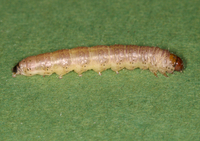
| Recorded by: Tony McBride, Becky Elkin and Jim Petranka on 2023-07-22
Madison Co.
Comment: An older larva from a cane shoot on Arundinaria gigantea. | 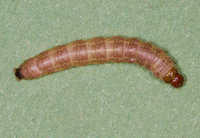
| Recorded by: Tony McBride, Becky Elkin and Jim Petranka on 2023-07-22
Madison Co.
Comment: An older larva from a cane shoot on Arundinaria gigantea. |
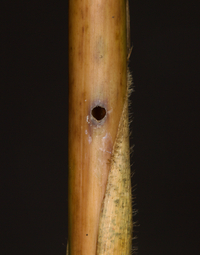
| Recorded by: Tony McBride, Becky Elkin and Jim Petranka on 2023-07-22
Madison Co.
Comment: A dying cane shoot of Arundinaria gigantea with a characteristic bore hole. | 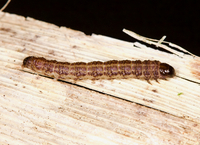
| Recorded by: Jim Petranka and Becky Elkin on 2021-05-19
Madison Co.
Comment: |
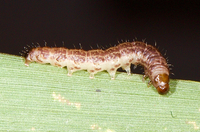
| Recorded by: Jim Petranka and Becky Elkin on 2019-05-16
Buncombe Co.
Comment: | 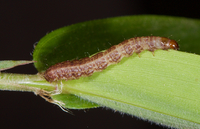
| Recorded by: Jim Petranka and Becky Elkin on 2019-05-16
Madison Co.
Comment: |

| Recorded by: Jim Petranka and Becky Elkin on 2019-05-16
Madison Co.
Comment: | 
| Recorded by: Jim Petranka and Becky Elkin on 2019-05-09
Buncombe Co.
Comment: |

| Recorded by: Jim Petranka and Becky Elkin on 2019-05-09
Buncombe Co.
Comment: | 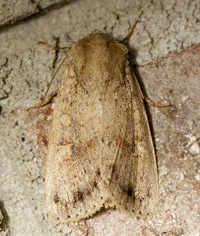
| Recorded by: Jim Petranka and Becky Elkin on 2018-09-02
Madison Co.
Comment: |
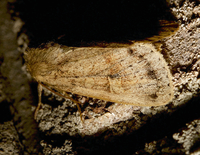
| Recorded by: Jim Petranka and Becky Elkin on 2018-09-02
Madison Co.
Comment: |

 »
»




 »
»


